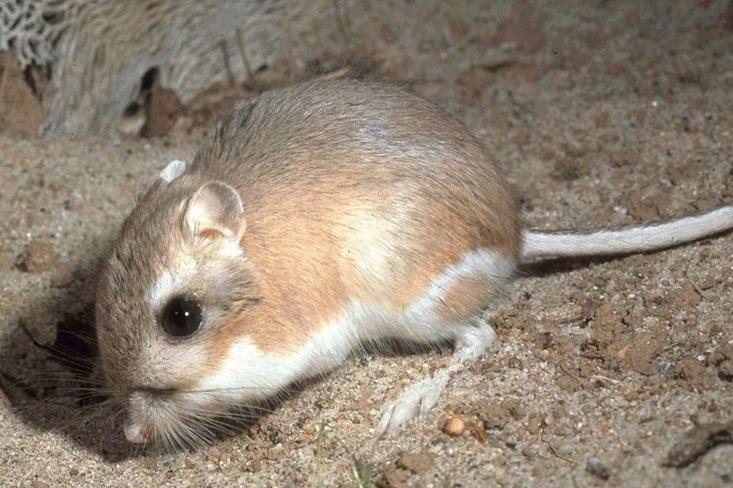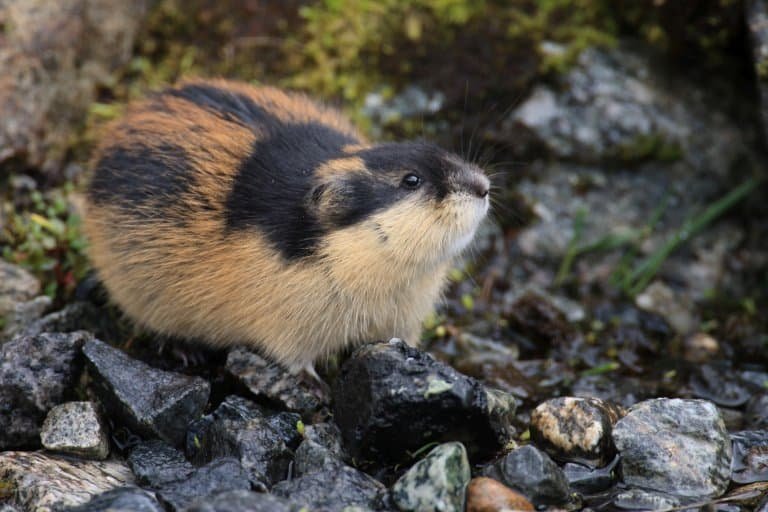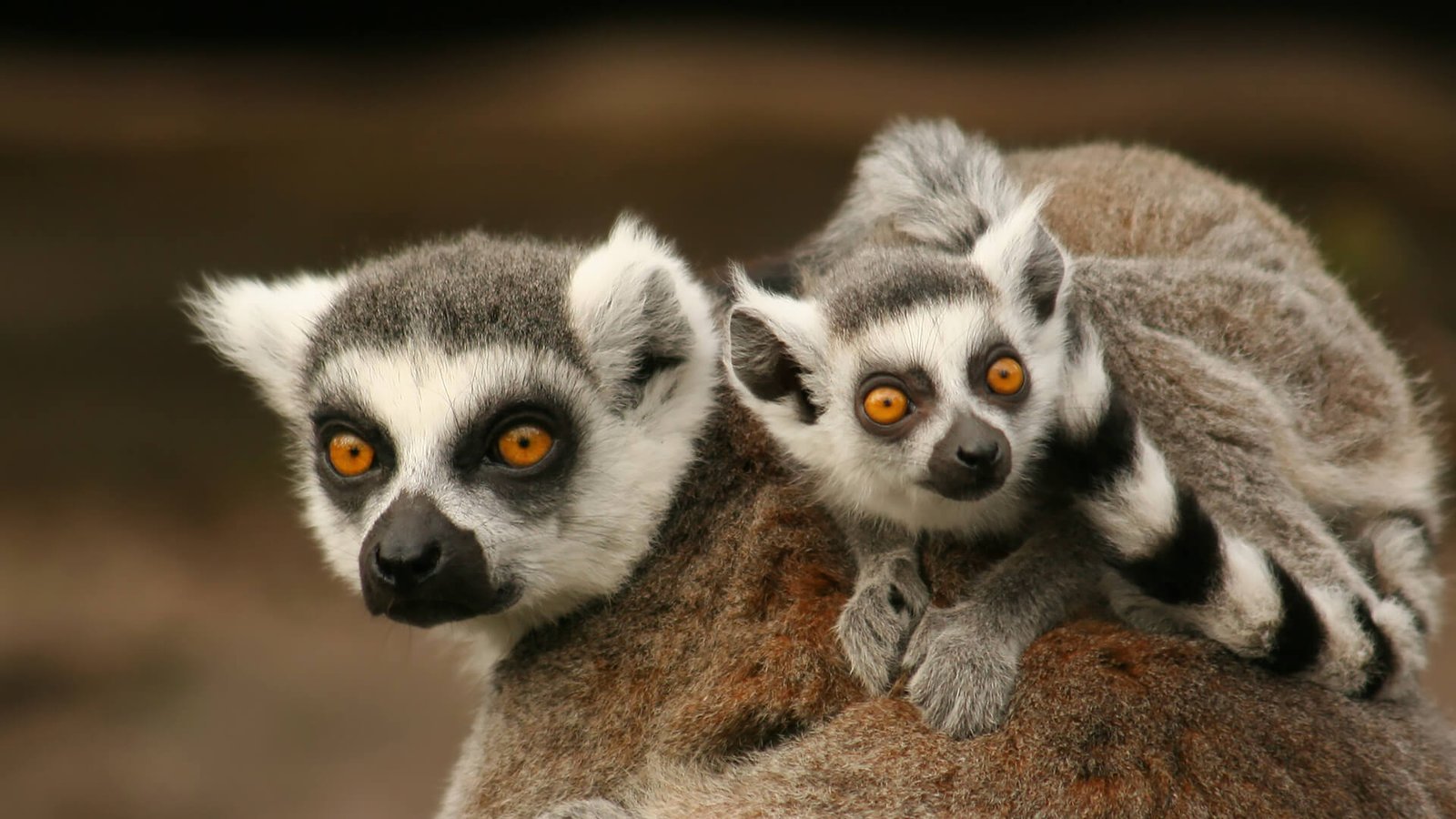Cow Facts, FAQs, Behaviour, Habitat and Conservation

Cow Facts | Description | Distribution and Habitat | Conservation | Behaviour and Ecology | Interaction with Human | Cultural | Interesting facts | frequently asked questions about Cow
Welcome to the fascinating world of the bovine beauties – the majestic mammals known as cows! With their big, soulful eyes, velvety noses, and gentle dispositions, cows have long captured the hearts of animal lovers around the world. But there’s more to these creatures than their adorable looks and sweet personalities. As one of the most important domesticated animals on the planet, cows play a critical role in agriculture, providing us with milk, meat, and other essential products. So whether you’re a farmer, a foodie, or just a curious creature enthusiast, join us as we explore the wonderful world of the cow, one of nature’s most fascinating and beloved mammals!
Taxonomy of Cow
| Kingdom | Animalia |
|---|---|
| Phylum | Chordata |
| Class | Mammalia |
| Order | Artiodactyla |
| Family | Bovidae |
| Genus | Bos |
| Species | Bos taurus |
Morphology of Cow
| Body Part | Description |
|---|---|
| Head | Large with two eyes, two ears, a nose, and a mouth with a long tongue |
| Neck | Long and muscular |
| Body | Large, rectangular-shaped with four legs |
| Skin | Covered with hair, usually white, black, or brown |
| Horns | Present in some breeds, curved and pointed |
| Hooves | Cloven, with two toes |
| Tail | Long and hairy |
| Udder | Located on the underside of the cow, with four teats for milk production |

Description of Cow
Cows are domesticated mammals that belong to the family Bovidae. They are large, herbivorous animals that are primarily bred for their meat, milk, and hides. Cows are typically found on farms and ranches around the world and are an essential part of agriculture.
Cows are generally docile and gentle creatures, with large bodies and long, muscular necks. They have four legs, cloven hooves, and a large, rectangular-shaped body. Their skin is covered with hair that can be white, black, or brown, and they have a long, hairy tail. Some breeds of cows have horns, which are curved and pointed.
Cows have a unique digestive system that allows them to break down tough plant fibers and extract nutrients from them. They are ruminants, which means they have a four-chambered stomach that allows them to ferment and digest their food over an extended period.
Cows are social animals that typically live in herds, and they have a complex communication system that involves vocalizations, body language, and pheromones. They are intelligent and have been known to display a range of emotions, including fear, anxiety, and happiness.
In terms of reproduction, cows are typically bred by farmers for their milk or meat production. Female cows, known as heifers, can begin reproducing at around two years old and carry their young for approximately nine months. Calves are born weighing around 60 to 100 pounds and are able to stand and walk within hours of birth.
Overall, cows are fascinating creatures that have played an important role in human civilization for thousands of years. From providing milk and meat to serving as a source of transportation and even spiritual significance in some cultures, cows are truly remarkable animals.
Distribution and habitat of Cow
Cows are domesticated animals that are found all over the world, wherever humans keep them for agricultural purposes. They are typically raised in pastures or feedlots, depending on the farming practices in a particular region.
Historically, cows were domesticated from wild ancestors in several different regions, including Africa, Europe, and Asia. Today, there are many different breeds of cows, each with unique physical characteristics and adaptations to their specific environments.
In terms of habitat, cows are well-suited to a variety of environments, including grasslands, forests, and even arid regions. They are adaptable and can thrive in many different conditions as long as they have access to food, water, and shelter.
In some regions, cows are raised primarily for their milk production, while in others, they are raised for their meat. The most common breeds of cows raised for beef are typically found in the United States, Brazil, and Australia, while dairy cows are raised in many different countries around the world.
In conclusion, cows are a widely distributed mammal that is adapted to living in a range of environments. They are typically raised in agricultural settings and have been an important part of human civilization for thousands of years.
Behaviour and Ecology of Cow
Cows are social animals that typically live in herds, which can range in size from just a few individuals to several hundred. They are gregarious and have a hierarchical social structure, with dominant individuals asserting their authority over others.
In the wild, cows are prey animals and are always on the lookout for potential predators. They have excellent senses of hearing, smell, and sight and can run at impressive speeds if threatened. However, in domesticated settings, cows are typically protected from predators and can be relatively calm and docile.
Cows have a unique digestive system that allows them to break down tough plant fibers and extract nutrients from them. They are ruminants, which means they have a four-chambered stomach that allows them to ferment and digest their food over an extended period. This adaptation allows cows to feed on a variety of plant materials and enables them to survive in a range of different habitats.
Cows are also important in maintaining healthy grassland ecosystems. As they graze, they help to control the growth of plant species and promote the growth of others, which helps to maintain biodiversity in these habitats.
In terms of reproduction, cows typically breed once a year, and the gestation period lasts for around nine months. Calves are born weighing around 60 to 100 pounds and are able to stand and walk within hours of birth. They rely on their mother’s milk for several months before transitioning to a diet of grass and other vegetation.
Overall, cows are fascinating creatures that play an important role in both agricultural and ecological systems. Their unique adaptations and social behaviors make them a valuable part of many different ecosystems around the world.
Conservation of Cow
As domesticated animals, cows are not considered to be endangered or threatened. However, some breeds of cows, such as the Scottish Highland breed, are considered to be at risk due to declining populations.
In addition to the conservation of specific breeds, there are also efforts to promote sustainable farming practices that help to protect the environment and promote the welfare of cows. This includes reducing the use of antibiotics and hormones in cattle farming, as well as promoting the use of pasture-based systems that allow cows to graze and exercise.
Another important aspect of cow conservation is protecting their habitats. Grasslands are important ecosystems that support a wide range of plant and animal species, and cows play an important role in maintaining these habitats. Efforts to protect grasslands from development, fragmentation, and degradation can help to support healthy populations of cows and other wildlife.
Finally, there are also initiatives to promote the use of alternative protein sources, such as plant-based proteins, that can help to reduce the demand for meat and dairy products. By reducing the demand for animal products, these initiatives can help to promote sustainable farming practices and reduce the environmental impact of livestock farming.
Overall, the conservation of cows involves a range of efforts to promote sustainable farming practices, protect their habitats, and reduce the demand for animal products. By promoting responsible stewardship of these animals and their ecosystems, we can help to ensure their survival for generations to come.
Interaction with Human of Cow
Cows have a long history of domestication and have been an important part of human civilization for thousands of years. They are commonly raised for their milk, meat, and hides, and are also used for plowing and transportation in some regions.
In modern times, cows are typically raised on farms or feedlots, where they are managed and cared for by humans. Farmers provide cows with food, water, and shelter, and monitor their health and wellbeing to ensure that they are comfortable and healthy.
Cows can also have a therapeutic effect on humans. Many people find spending time with cows to be calming and soothing, and there are programs that use cows as part of animal-assisted therapy for people with mental health or behavioral issues.
However, the relationship between cows and humans is not always positive. In some regions, cows are subjected to inhumane treatment, such as being crowded into feedlots or transported long distances in cramped conditions. Additionally, cows can pose a safety risk to humans, particularly if they feel threatened or stressed.
Overall, the interaction between cows and humans is complex and multifaceted. While cows have provided humans with important resources and can have a therapeutic effect, it is important that they are treated with respect and compassion to ensure their welfare and wellbeing.
Cultural and Historical Significance of Cow
Cows have played a significant role in human culture and history for thousands of years. They have been domesticated for milk, meat, and hides, and are often seen as symbols of wealth, power, and fertility.
In many cultures, cows have religious or spiritual significance. For example, in Hinduism, cows are considered to be sacred and are often worshipped as embodiments of motherly love and nurturing. In some African cultures, cows are seen as symbols of wealth and are used as part of dowry payments or as sacrifices in religious ceremonies.
Cows have also played a significant role in human art and literature. They have been depicted in paintings, sculptures, and other artworks throughout history, and have been the subject of countless poems, stories, and myths.
In addition to their cultural significance, cows have also played an important role in human history. They were a key part of the agricultural revolution, which allowed humans to settle in one place and develop complex civilizations. They were also used as draft animals for plowing and transportation, and played a key role in the development of transportation networks and trade routes.
Overall, cows have had a significant impact on human culture and history. They have been valued for their milk, meat, and hides, and have played important roles in religion, art, and literature. As such, they are an important part of our shared human heritage and continue to be celebrated and revered in many cultures around the world.
Explanatory Notes for Cow
- The cow, also known as the domestic cow or cattle, is a mammal that belongs to the Bovidae family, which includes other animals such as bison, buffalo, and sheep.
- Cows are herbivorous animals, which means that they primarily feed on plants such as grass, hay, and corn. They have four-chambered stomachs that allow them to digest tough plant material, and they are able to obtain all of the nutrients they need from their diet.
- Cows are domesticated animals that have been bred and raised by humans for thousands of years. They are primarily raised for their milk, meat, and hides, and are also used for plowing and transportation in some regions.
- Cows are social animals that typically live in herds. They are intelligent animals that are capable of forming strong bonds with other cows, and they are able to recognize and remember individual cows even after long periods of time.
- Cows are known for their gentle and docile nature, but they can become agitated or defensive if they feel threatened or stressed. It is important for humans to treat cows with respect and compassion to ensure their wellbeing and safety.
- Cows have played a significant role in human culture and history. They have been valued for their resources and have been an important part of the agricultural revolution, transportation, and trade. They have also been depicted in art and literature, and have religious or spiritual significance in many cultures.
Interesting facts about Cow
Here are 10 interesting facts about cows:
- Cows have excellent memories and are able to recognize and remember individual cows and humans for years.
- Cows are social animals that form close bonds with other cows in their herd. They will often groom and nuzzle each other as a way of showing affection.
- Cows can produce up to 125 pounds of saliva in one day. This saliva helps to break down the tough plant material they consume.
- Cows have a complex digestive system that allows them to obtain all the nutrients they need from plants. They have a four-chambered stomach, which helps them to digest food more efficiently.
- Cows are able to communicate with each other through a variety of sounds and body language. They use different vocalizations to express different emotions, such as excitement or distress.
- The average cow weighs around 1,500 pounds, but some breeds can weigh up to 2,500 pounds.
- Cows are excellent swimmers and have been known to swim long distances in search of food or water.
- Cows can run at speeds of up to 25 miles per hour, although they are not built for sustained running and tend to tire quickly.
- Cows have been domesticated for over 10,000 years and are one of the oldest domesticated animals.
- Cows are intelligent animals that have been shown to have strong problem-solving abilities and good spatial memory.
General queries or frequently asked questions about Cow
What is a cow?
A cow is a domesticated mammal that belongs to the Bovidae family. They are primarily raised for their milk, meat, and hides.
What do cows eat?
Cows are herbivores and primarily feed on plants such as grass, hay, and corn.
What is a group of cows called?
A group of cows is called a herd.
How long do cows live?
The lifespan of a cow varies depending on the breed and living conditions, but they typically live between 15-20 years.
How much does a cow weigh?
The average cow weighs around 1,500 pounds, but some breeds can weigh up to 2,500 pounds.
What are the different breeds of cows?
There are over 800 different breeds of cows, each with their own unique characteristics and traits.
What is the difference between a cow and a bull?
Cows are female and have a uterus and mammary glands, while bulls are male and have testicles and a penis. Bulls are typically larger and more muscular than cows.
Why do cows have four stomachs?
Cows have four stomachs, which allows them to break down and digest tough plant material more efficiently.
Do cows have personalities?
Yes, cows are social animals that form strong bonds with other cows and have their own unique personalities.
What is the difference between a dairy cow and a beef cow?
Dairy cows are primarily raised for their milk, while beef cows are raised for their meat. Dairy cows typically produce more milk and have different physical characteristics than beef cows.
Conclusion
In conclusion, cows are fascinating animals that have played an important role in human society for thousands of years. They are social, intelligent, and have a complex digestive system that allows them to obtain all the nutrients they need from plants. They are primarily raised for their milk, meat, and hides, but also have cultural and historical significance in many societies.
Despite their importance, cows face various threats such as habitat loss, disease, and mistreatment. It is important for us to understand and appreciate these animals, and to take steps to protect them and ensure their well-being.
Overall, cows are a valuable and remarkable species that have much to offer both to human society and the natural world.












